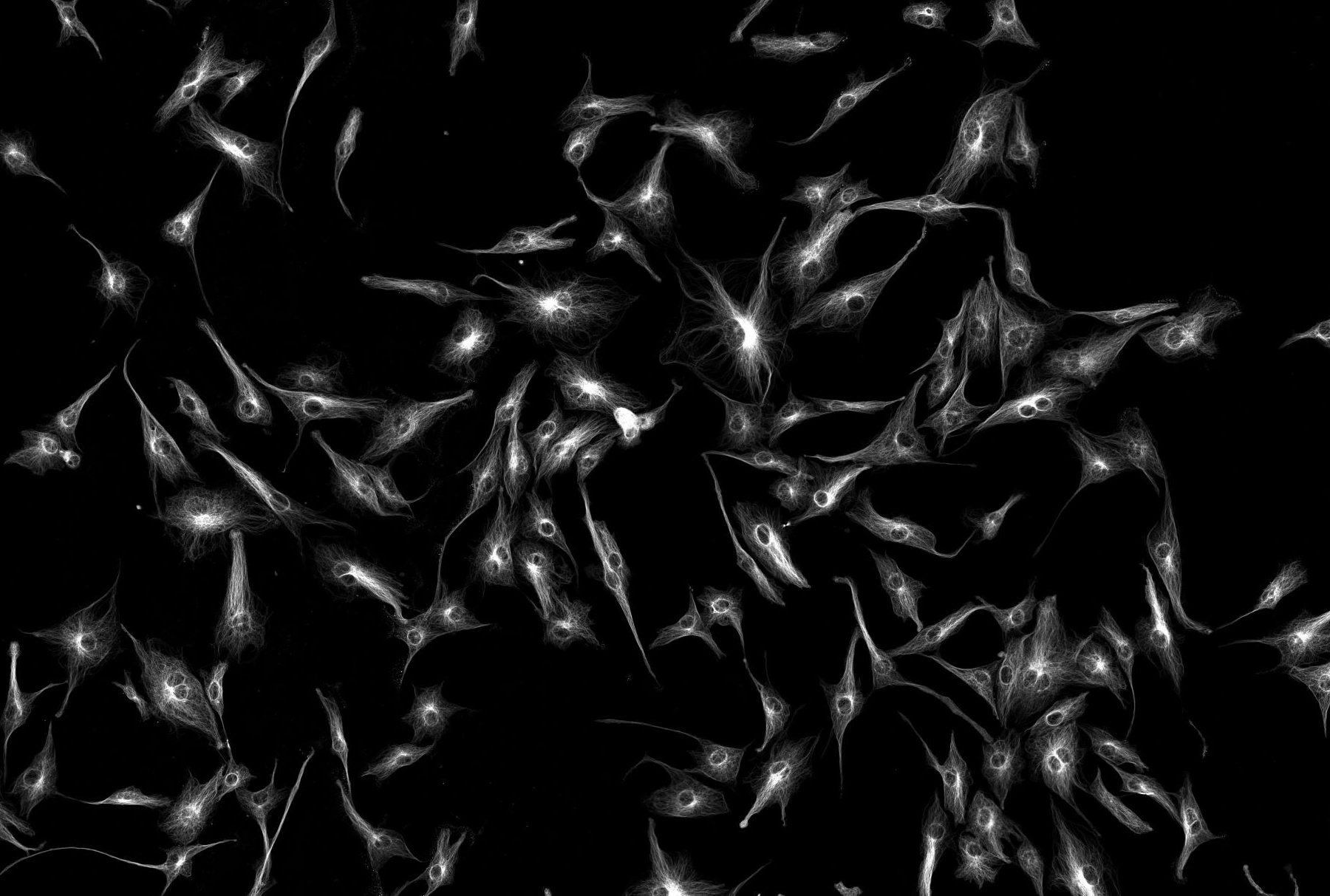Confocal Microscopy
Our Confocal Microscopes
- Nikon A1r+ (upright)
- Nikon A1r+ resonant JOBS (invert)
- Zeiss LSM 800 Airyscan (invert)
- Leica SP8-STED3X
- VisiTech iSIM
- Zeiss LSM880-NLO Airyscan (CBC, MB.043, invert)
- Zeiss AxioExaminer with e-phys LSM880 UV Airyscan (upright)
- Leica SPE (POG 2.004B, invert)
- Leica SP8-DLS (M2.154, invert)
- Zeiss LSM700 (F148, invert)
- Nikon A1r+ resonant JOBS B161, invert)
- Zeiss LSM880 AiryScan (B160, invert)
- Leica SP8-DLS
Point Scanning Confocal Microscopy
In this form of confocal microscopy, excitation light (laser) is focused onto a single point of the specimen and light returning from that point is collected using a photo multiplier tube (PMT).
The point of illumination is scanned across the specimen in a raster fashion (rectangular pattern of scanning line by line) to build up the final image. The typical arrangement of a point scanning confocal is shown in the adjacent diagram.
Recent advances in point scanning confocal microscopy technology have improved the speed of image capture of these systems. In addition to the conventional galvanometer-driven scanning mirrors used in the scan heads of typical point scanning confocals, hybrid / tandem scanning confocals employ a second set of galvo scanning mirrors.
These second mirrors ‘resonate’ at a set frequency and can allow the rapid excitation and capture of images; full-frame image capture rates of ~25fps are achievable however; this rate can be increased by reducing the size of the image captured. The Nikon A1R point scanning confocal employs this technology.

Spinning Disc Confocal Microscopy
This form of confocal microscopy offers a number of advantages over the point scanning confocal microscope arrangement as outlined above – it also has a number of disadvantages. This technique allows for the rapid excitation and through a suitably fast CCD camera, acquisition of images.
The spinning disk scanner uses a pair of aligned rotating disks; the top disk contains a spiral array of microlenses and the bottom one a similarly arranged array of 20,000 pinholes. Excitation light (in many cases, laser light) is expanded to illuminate the upper disk.
Light-efficiency of the arrangement is increased through the presence of the microclines array, which focuses the light onto the pinholes of the lower disk. As the disk arrangement spins it traces concentric arcs of excitation light across the specimen; fluorescent light returns along the same path but is reflected by the diachronic mirror towards the CCD detector. Because the disks spin at high speed (>1800 rpm*), many fields of view (>300 frames per second*) can be excited within one camera exposure. The arrangement therefore collects light from multiple points simultaneously and in doing so, image capture rates can be fast (>50 frames per second) -although camera technology and signal strength may limit this. In addition to fast image capture, the spinning disk approach is ideal for the observation of photo-sensitive specimens as the sample is irradiated quickly and with less intense laser light than a conventional point-scanning confocal.
The optical arrangement of a typical spinning disk.
